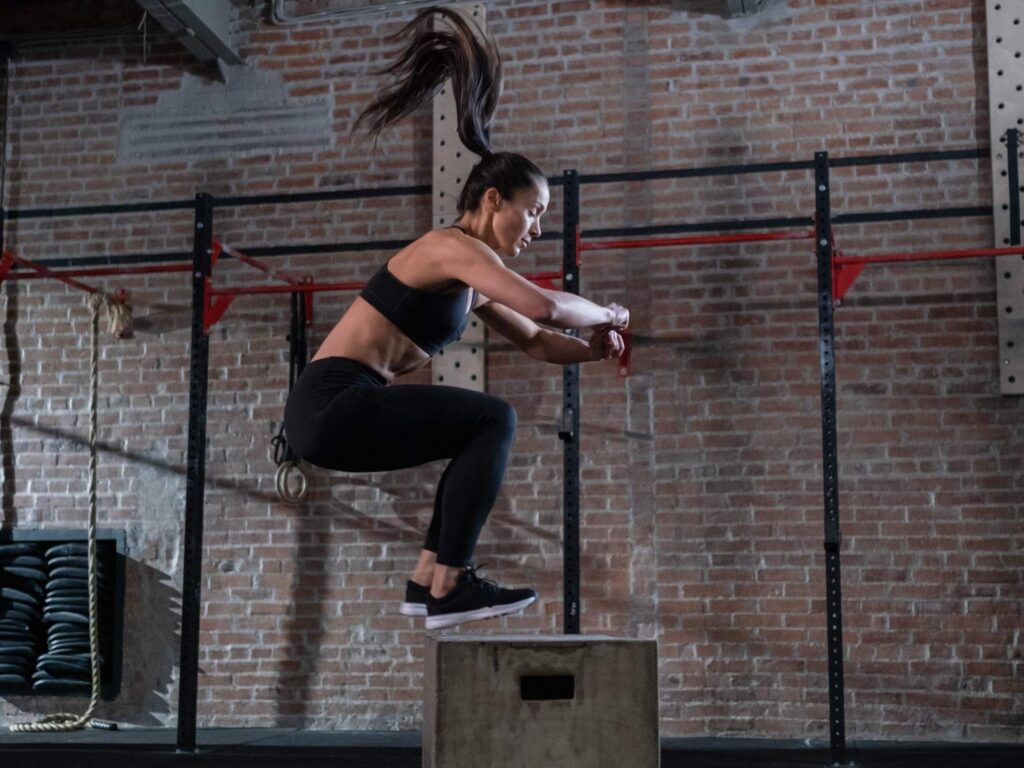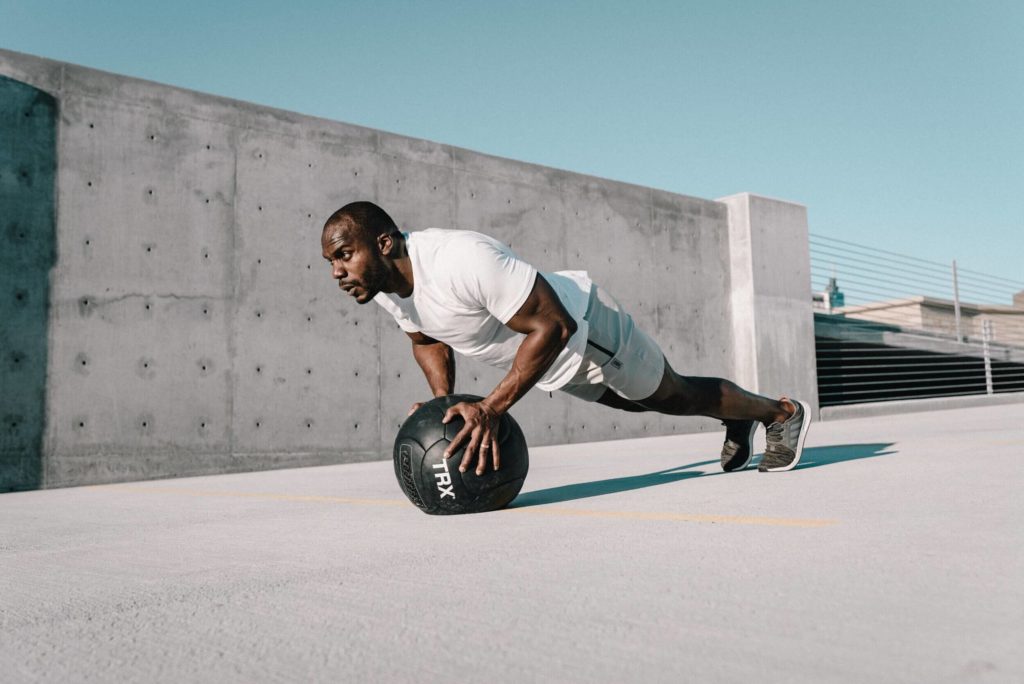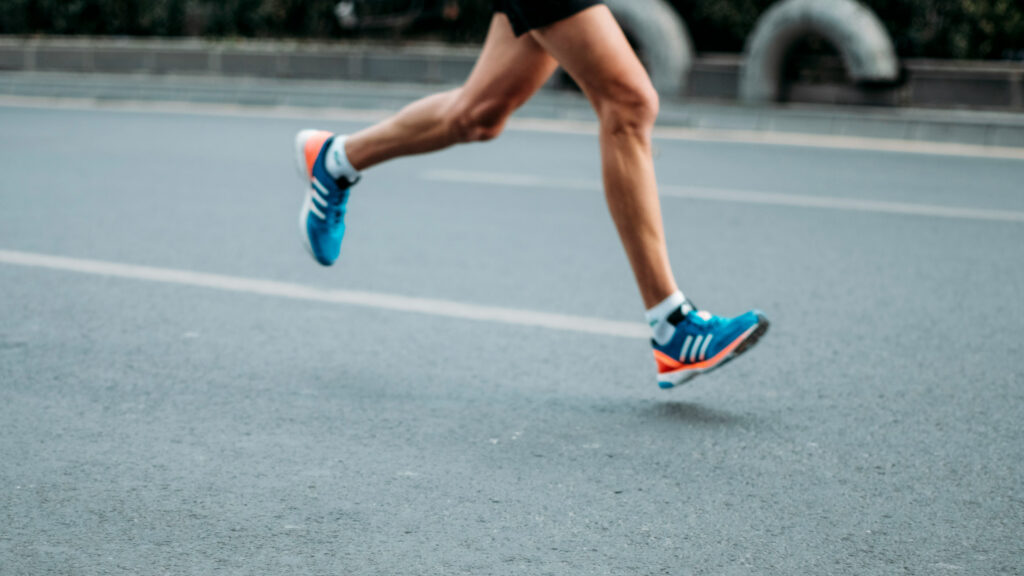A powerful and explosive jump can be beneficial for several purposes, ranging from the ability to drive in and viciously dunk a basketball, cover the length of the football pitch quickly on the offensive transition to changing directions quickly and leaving your opponent frozen. To improve one’s ability to be explosive and have a powerful jump, we must first understand the underlying physiology and mechanisms which facilitate the same.
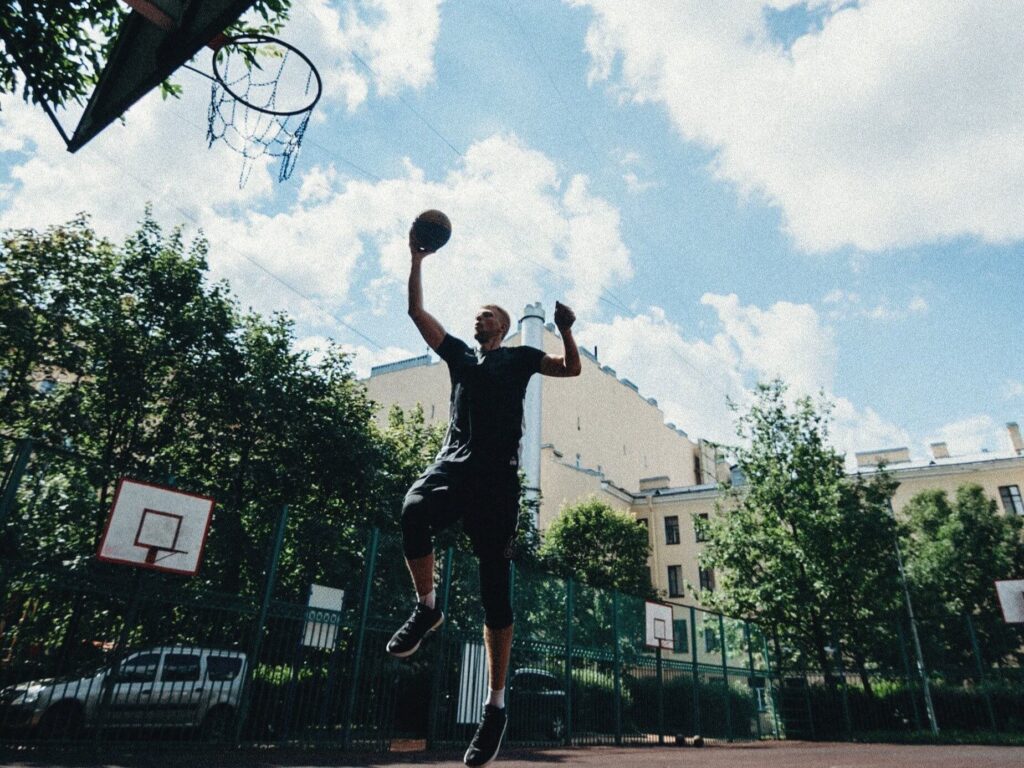
Highlights
- Plyometrics strengthens the Central Nervous System as the body is able to activate bigger and more muscle tissue,
- A combination of plyometric training and the SSC (stretch-shortening cycle) has a powerful effect on athletic ability involving speed, strength and endurance,
- Methods which can enhance one’s jumping ability include training the anterior chain (squat pattern), training the posterior chain (hinge pattern), exercises for the lower shank and foot, and adding multiple jump exposure.
Plyometrics and the stretch-shortening cycle (SSC)
Plyometrics is a form of exercise that involves the rapid and repeated stretching and contracting of muscles in order to improve one’s overall speed and strength. This is often associated with jumping, but sprinting and throwing have largely similar effects.
Plyometric exercise is facilitated by the stretch-shortening cycle (SSC), a sharp, compulsory muscle tension which is initiated by the body’s impact with an external object. The SSC is a spring-like mechanism within the muscle tissue, where increasing the speed at which the coil is compressed, or how hard it is compressed, will result in the spring jumping higher and further.
The SSC can be broken into three phases:
- Eccentric Phase: The lengthening of the tissue while loading downwards towards gravity.
- Isometric Phase: The brief moment of pause before the reversal of the movement.
- Concentric Phase: The reversal phase where the tissues contract propelling one upwards against gravity, leading to the jump; the muscle and supporting tissues store elastic energy.
Gains from plyometrics
The central nervous system (CNS) tremendously benefits from training in plyometrics. The engagement of the muscle tissues has been reported to cause an increase in the recruitment of motor units and increased rate coding effect which is the force exerted by a muscle during a voluntary contraction depending on the number of motor units recruited for the action and the rates at which they discharge action potentials (rate coding). Increase in motor units and increase in rate coding facilitate higher efficiency in the CNS as the body is able to activate bigger and more muscle tissue, giving a higher power output.
Prerequisites for plyometrics
There are some factors to consider for the implementation of a plyometric programme.
- Always prioritize safety first.
- Build volume and intensity gradually. The jump rope can be a great tool in building low-intensity volume.
- Establish correct body posture in your movement to reduce chances of injury.
- When considering advanced plyometric exercises, it is good to have adequate strength levels to support the desired activity.
- Always consider the logical progression of plyometrics, taking into account volume and intensity. The higher the intensity, the lower the volume and vice versa.
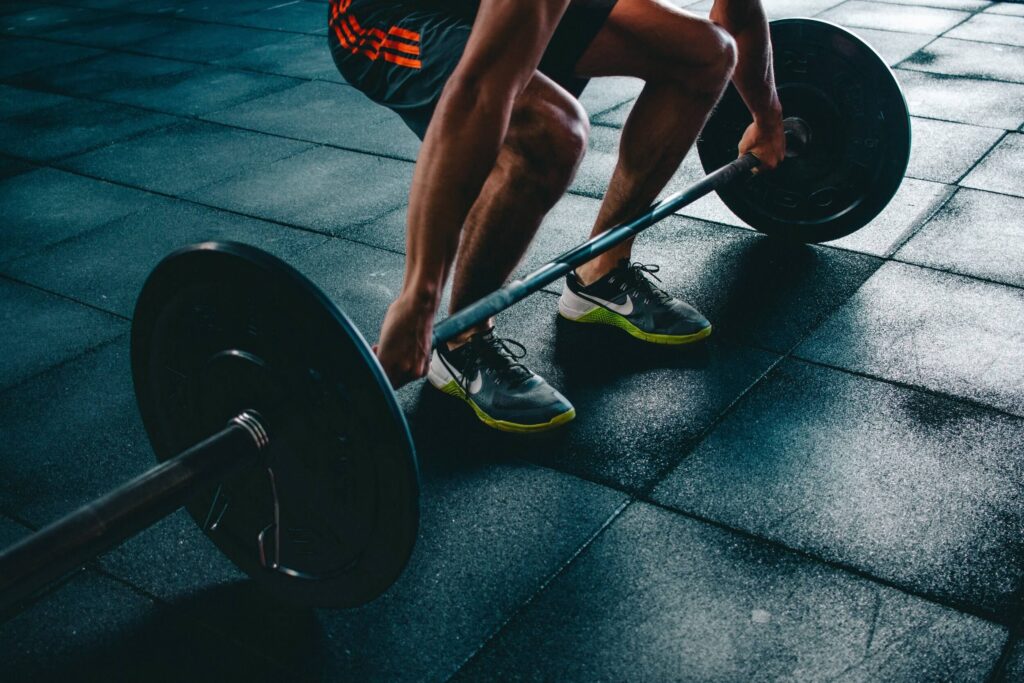
Exercises to jump higher, faster, better
Keeping all the information given above in mind, let’s explore some methods which will enhance one’s jumping ability:
1.Training the anterior chain (squat pattern)
Whether it is performed with one’s own bodyweight or added weights, the squat pattern is similar to jumping. This pattern can be trained through a variety of squats, split squats, lunges, etc. It establishes some baseline strength in the anterior chain muscle tissues for jumping, namely, the quadriceps and glutes.
2.Training the posterior chain (hinge pattern)
The muscles around the calf, shin and foot are often overlooked when training for an explosive jump. The foot makes the first contact with the floor and the forces travel through the calf and shin and hence these areas should be treated with paramount importance to facilitate a higher and more explosive jump. Exercises which can be done are variations of calf raises, anterior tibias raises and intrinsic foot exercises.
3.Adding multiple jump exposure
It is critical that we understand specificity—the more we perform one task, the better we get at it. Keeping this in mind, we have to jump more to become better at jumping. One can try the multiple varieties of jumping. However, it is good to keep in mind the logical progression of exercises to see consistent gains and to keep oneself injury-free.
4.Coaching the skill
Jumping is a skill and it must be coached like a skill. Different jumps suit different purposes and training must occur keeping the same in mind. For instance, a basketball dunk is very different from a triple jump. Although at the physiological level they might share similarities, each of these jumps require a high degree of technical coaching to perfect technique and become more efficient at the movement itself. A movement specialist or technical coach who understands the technical side of things can help in dramatically improving one’s jumping ability.
Conclusion
Research suggests that plyometric training, enabled by the SSC (stretch-shortening cycle), has a powerful effect on athletic ability involving speed, strength and endurance. Plyometrics has been proven to strengthen the Central Nervous System as the body is able to activate bigger and more muscle tissue.
Keep in mind certain prerequisites (like being safe and building volume slowly and gradually, etc.) before embarking on a plyometric exercise programme
Some methods which can enhance one’s jumping ability include training the anterior chain (squat pattern), training the posterior chain (hinge pattern), exercises for the lower shank and foot, adding multiple jump exposure and bettering one’s skill through coaching.
Disclaimer: The contents of this article are for general information and educational purposes only. It neither provides any medical advice nor intends to substitute professional medical opinion on the treatment, diagnosis, prevention or alleviation of any disease, disorder or disability. Always consult with your doctor or qualified healthcare professional about your health condition and/or concerns and before undertaking a new healthcare regimen including making any dietary or lifestyle changes.
References
- https://paulogentil.com/pdf/The%20effects%20of%20six%20weeks%20of%20squat%2C%20plyo metric%20and%20squat-plyometric%20training%20on%20power%20production.pdf.
- https://link.springer.com/article/10.1007/s00421-002-0741-y
- https://www.researchgate.net/profile/Robert-Newton-4/publication/38074647_Does_plyometric_tr aining_improve_strength_performance_A_meta-analysis/links/5af3facb0f7e9b026bcc8eea/Does- plyometric-training-improve-strength-performance-A-meta-analysis.pdf.
- https://cpb-eu-w2.wpmucdn.com/sites.marjon.ac.uk/dist/1/212/files/2016/03/0046352d146576530 f000000-1zo9u5p.pdf.




